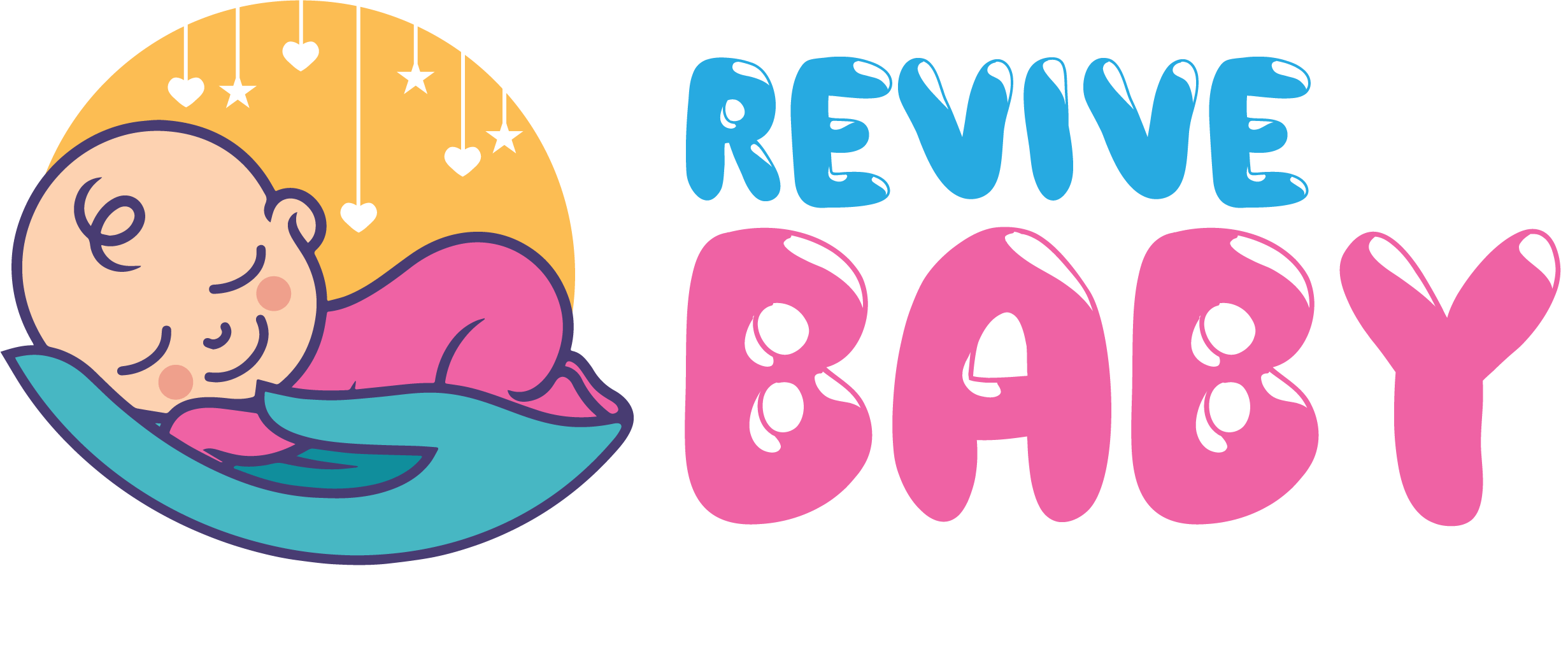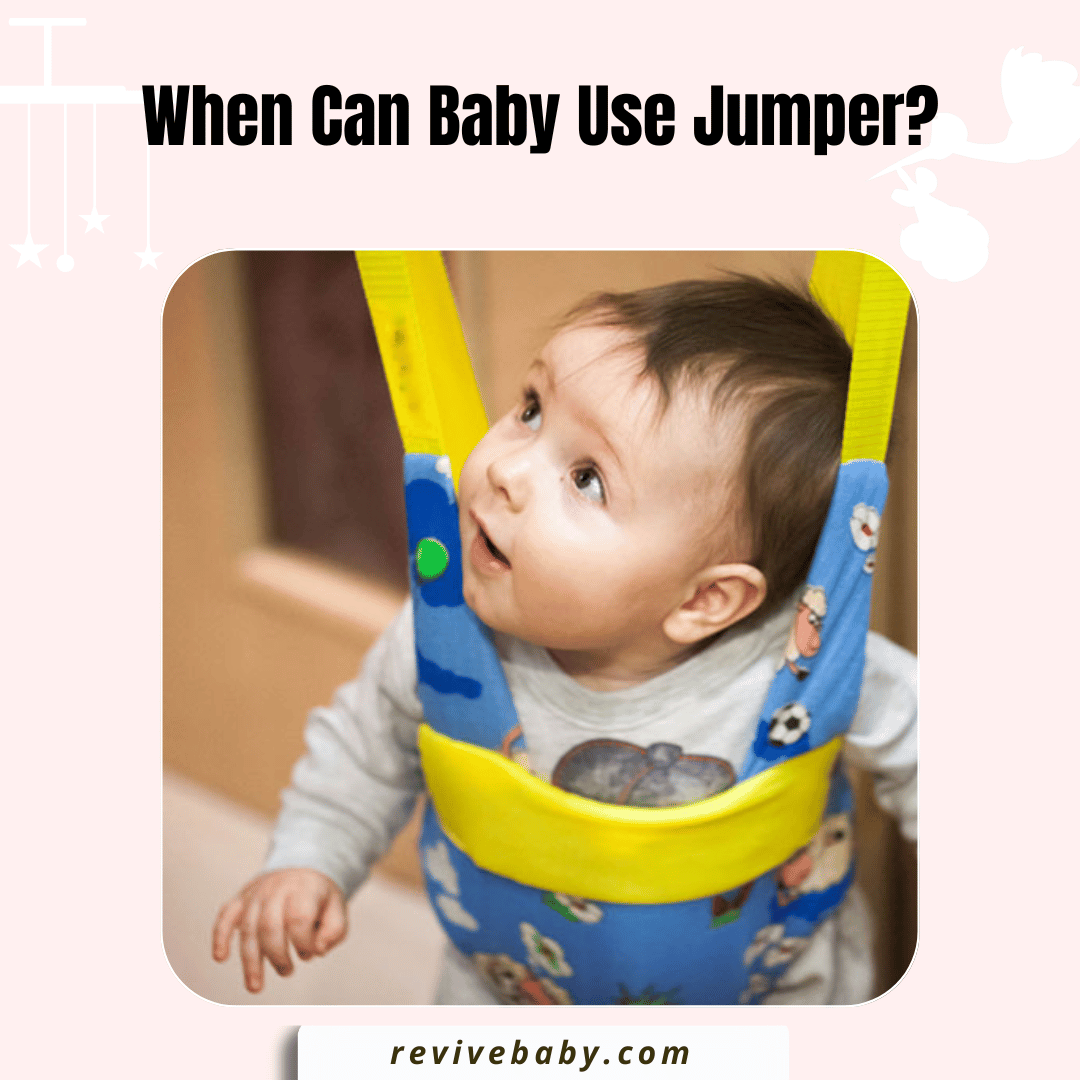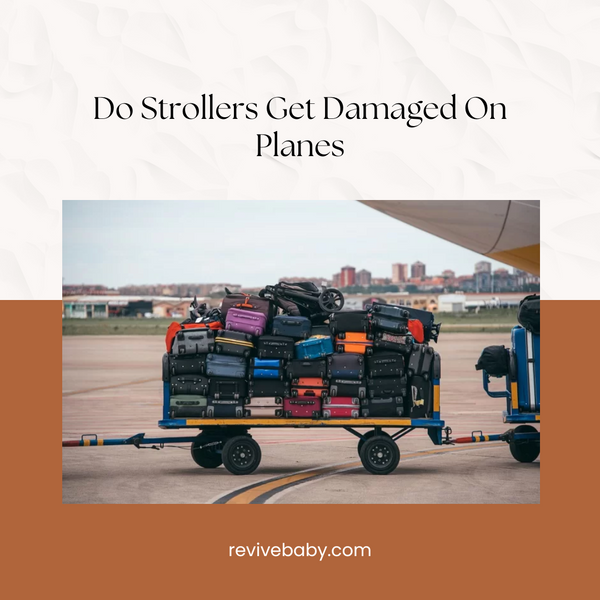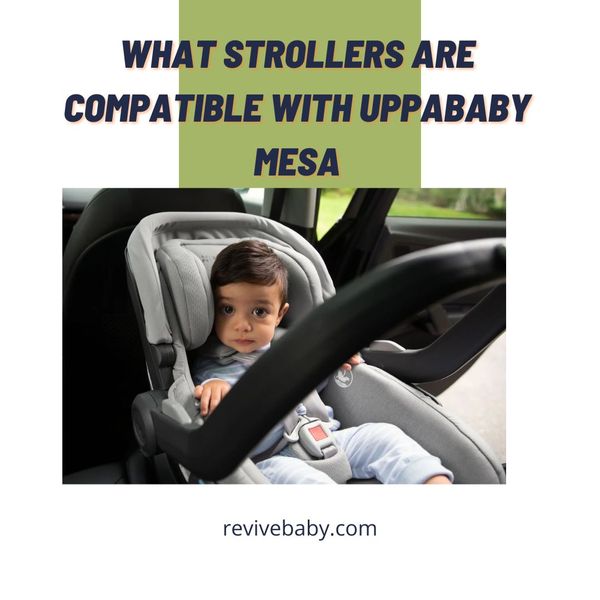Experts recommend that a baby can start using a jumper once he has developed strong head control. Jumpers are most effective for babies who have begun crawling but are not yet walking.
It is about 3 to 4 months of age when a baby can best use his legs more than his arms, and the baby can hold his head weight. He starts developing muscles, so it is safe to introduce a jumper to a baby at 3 to 4 months old. Parents often ask whether it is safe for babies to use a jumper.
We will address parents' concerns about jumpers, so you can decide if one is right for your child.
How Early Can You Put A Baby In A Jumper?
Most doctors recommend waiting until a baby can sit unassisted, usually around 4 months. If your baby does not sit unassisted yet, then it's best to wait until he can do so before putting him in a jumper.
If your baby does not meet either of these criteria, it is not recommended that you put him in a jumper.
How Long Can a Baby Stay in the Jumper?

You should only leave your baby alone in a jumper for 30 minutes, as he could become overheated or dehydrated. If you'll be gone longer than that, take him out of his jumper first, then put him back in when you return home.
If you want to use your baby's jumper as an alternative to holding him all day long, it's best to limit its use to no more than three hours per day (including nap time).
What Are the Benefits of a Jumper?
A Jumper can be a great way to keep your baby entertained. There are many benefits to having one, including the following:
- It helps develop your baby's motor skills.
- It allows them to have physical activity and get some exercise.
- It helps them learn how to bounce and jump, an important skill for them as they grow older.
- It can also help prevent joint problems that may arise later in life, such as hip dysplasia and arthritis.
The jumper may also benefit your child by
- Improved Balance,
- Improved Confidence,
- Improved Social Skills,
- Improved Attention Span,
- Improved Hand-Eye Coordination.
Jumper

This is a great toy for babies because it allows them to bounce and play simultaneously. However, there are some risks involved with this toy. If your baby plays in the jumperoo and gets bored or tired, she may fall asleep.
A child can fall asleep in a jumper and then roll out of it onto the floor. This is especially dangerous if your child is standing on a soft surface such as carpeting or a bed. The child could also choke on one of the small parts that may come loose from the jumperoo while jumping around.
A jumper can be a good choice for younger babies. It offers them a safe place to bounce and play, which can help develop their motor skills and coordination.
If you use a jumper, ensure you always supervise your child and take it down as soon as she becomes tired or bored. Also, be sure to check the manufacturer's instructions for age recommendations as well as safety precautions.
Guidelines - Baby Age Jumper
Birth - 3 Months Old

It’s best to wait until your baby can sit on their own before using a jumper. That way, they won’t be able to fall over or slump down into the seat, which could cause injury. Also, babies shouldn’t jump too high at this age — just enough to encourage movement in their legs and feet.
4-6 Months Old

At this stage of development, babies should be able to jump higher, but it should still be controlled movement with no sudden stops or starts. If your child tends to get overexcited and jump too high, consider using a stationary jumper instead — it provides the same stimulation without risking injury if they lose control while jumping!
7+ Months Old

Your baby will probably be ready for a full-fledged jumper around this time — as long as they have mastered walking independently without falling over! If they are not yet confident, let them practice moving around in the jumper first.
8+ Months Old

At this point, your child should be able to use a stationary activity center or sit independently and will likely enjoy watching some educational programming while playing. A product like the Fisher-Price Laugh & Learn Jumperoo is ideal for this age group and will provide hours of fun!
Risks To Using Jumper
Jumpers and bouncers are great for babies to play with, but they can pose some risks.
The AAP does not recommend using baby jumpers or bouncers because of the risk of falls and injuries. According to the AAP's revised recommendation, infants should not be placed in a jumper or bouncer to allow for supervised "tummy time" — when babies lie on their stomachs or sides while awake — that may help prevent flat spots on their heads.

In addition, there are other risks associated with baby jumpers and bouncers:
Overuse
Infants who spend too much time in jumpers or bouncers may have reduced motor and cognitive development. They also may have difficulty transitioning to an upright position from lying down, which could cause delays in crawling, walking, and playing independently.
Falls And Injuries
If an infant falls from a jumper or bouncer and hits his head on the floor, he could sustain serious injuries that require hospitalization and surgery. Other injuries include burns from hot surfaces; falls against furniture, walls, or other objects; getting tangled up in cords; choking on objects; suffocation due to pillows or blankets falling over their faces when using these devices; and strangulation.
Sudden infant death syndrome (SIDS)
Some research has shown that babies who use jumpers are more likely to die of SIDS than those who don't. This may be because the infants' heads slump forward when bouncing, and their airways become blocked for a few minutes.
Some babies will stop breathing during this period, but others will resume breathing again — which could happen many times throughout the day. This can make it difficult for parents to know whether they should call 911 if they notice their baby isn't breathing normally.
How Do You Use a Baby Jumper Safely?
When using a baby jumper, always follow these steps:
- Always check for any damage or sharp edges on the jumper before using it.
- Make sure there is no way for your child to get trapped in or under the jumper. This includes ensuring no gaps between the seat and sides or between bars outside the seat.
- Make sure you don't over-tighten straps and buckles — they should be snug but not too tight — and don't loosen over time due to wear on them.
- Always supervise your child while he uses his jumper, even if he's only bouncing while you're watching TV nearby. Never leave him unattended with it even for a moment — never let him hop by himself (even if he's learning how). Even if he seems to know what he's doing, keep a close eye on him.
- Don't use a jumper when the weather is cold or hot. If you have an outdoor trampoline, don't use it during rainy or windy weather.
- If you have an indoor trampoline with springs, check them regularly and tighten them as needed, so they don't sag or lose their bounce.
- Never allow any child to jump without wearing protective gear — shoes, goggles, and a helmet.
Related Topics:









